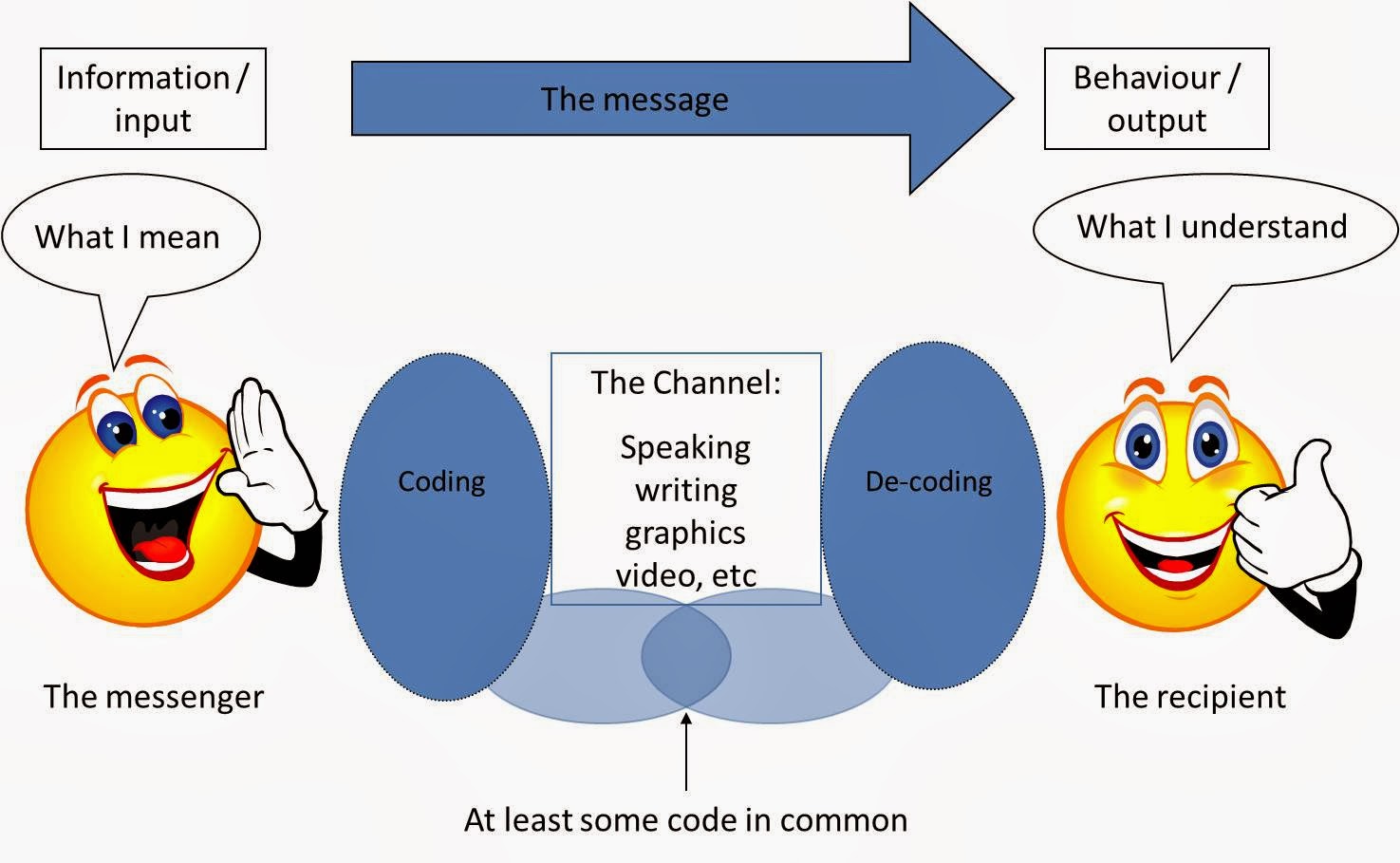Problems in Use of ICT in Teaching of English
1. Introduction
Information and Communication Technology (ICT) has become an
essential component in English Language Teaching (ELT); however, its integration is not without obstacles. Both traditional and new-age issues challenge the effective use of technology in classrooms, especially in the Indian context.
2. Traditional Problems in ICT Integration
|
Problem |
Explanation |
Example |
|
Inadequate
Infrastructure |
Many schools
lack basic facilities, such as sufficient computers, projectors, reliable internet, or a stable power supply. |
In a rural
school, there is only one computer lab for the entire school, and frequent power outages interrupt digital lessons. |
|
Limited
Funding |
Budget
constraints prevent the purchase of modern equipment, software licenses, or
maintenance. |
Government
schools may still use outdated desktop computers with old software, rendering interactive activities impossible. |
|
Lack of
Teacher Training |
Teachers
often lack training in using ICT tools effectively or are intimidated by technology. |
An English
teacher is unable to use a smartboard for grammar lessons, so she resorts to
traditional blackboard teaching. |
|
Language
and Software Issues |
Many software
or online materials are not tailored for Indian English or regional needs. |
An app uses
only British accent and vocabulary, which can be confusing for students familiar with Indian
English. |
|
Resistance
to Change |
Teachers and
sometimes administrators are reluctant to change from tried-and-tested
methods. |
A senior
teacher feels comfortable with textbooks and avoids using e-learning
resources, thinking it’s unnecessary. |
|
Time
Constraints |
Setting up
digital tools and lesson plans can be a time-consuming process. |
Preparing a
multimedia-based lesson takes longer than a regular lecture, which can discourage overburdened teachers. |
3. Latest (Contemporary) Problems in ICT Use
|
Problem |
Explanation |
Example |
|
Digital
Divide & Inequality |
Urban
students often have access to personal devices and high-speed internet, whereas rural or economically disadvantaged students may not. |
In blended
learning, some students attend Zoom classes on smartphones, while others have
no access and miss lessons entirely. |
|
Distraction
and Misuse |
Students may
use devices for non-academic purposes, such as gaming, social media, or watching
unrelated videos. |
During an
online class, students mute themselves and play mobile games instead of
participating in the lesson. |
|
Cybersecurity
& Privacy Concerns |
Exposure to
online risks such as cyberbullying, data theft, and inappropriate content. |
Students
using a public computer accidentally download malware, or their personal data
is leaked from an online quiz app. |
|
Content
Quality and Relevance |
Not all ICT
content is pedagogically sound or suitable for the class’s level and cultural
background. |
Some YouTube
videos used for English listening have slang or cultural references that are
inappropriate or confusing. |
|
Technical
Glitches & Software Issues |
Sudden
software crashes, incompatibility, or platform outages can halt classes
abruptly. |
During an
online test, the exam portal crashes, and students lose their answers. |
|
Overdependence
on Technology |
Excessive
reliance on ICT may weaken basic teaching skills and reduce personal interaction between teachers and students. |
Teachers
conduct classes only via PowerPoint, ignoring speaking practice or group
activities. |
|
Accessibility
for Students with Special Needs |
Not all ICT
tools are designed with accessibility features. |
Visually-impaired
students struggle to use standard e-books or apps without screen reader
support. |
|
Language
Overload and Cognitive Load |
Too much
information or flashy multimedia can overwhelm students, leading to poor
comprehension. |
A lesson full
of animated videos, pop-up quizzes, and music distracts students from the
actual learning objective. |
4. Overcoming ICT Problems: Practical Strategies
|
Problem
Area |
Solution |
|
Infrastructure
& Funding |
Seek
government schemes (e.g., Digital India), use shared labs, integrate BYOD
(Bring Your Own Device) policies, and rotate usage among students. |
|
Teacher
Training |
Organise
regular ICT workshops, peer mentoring, and online tutorials for teachers. |
|
Digital
Divide |
Provide
recorded lessons, printed handouts, or community digital centres to bridge
access gaps. |
|
Distraction |
Establish clear digital discipline policies and utilise educational monitoring software to maintain student focus. |
|
Security
& Privacy |
Educate
students on cyber safety, choose reputed platforms, and set strong passwords. |
|
Content
Quality |
Curate or
adapt content for local and cultural relevance; teachers review all online
resources before class. |
|
Accessibility |
Use inclusive
tools with text-to-speech, subtitles, or regional language options. |
|
Overdependence |
Balance tech
with traditional interactive activities, such as debates, group work, and role-plays. |
|
Technical
Support |
Assign a
technical support teacher or student volunteers to quickly troubleshoot issues. |
5. Key Takeaways
- ICT
is a powerful aid, not a substitute for teachers. It should
complement, not replace, human interaction.
- Future
English teachers must be tech-savvy, flexible, and proactive in
addressing these evolving challenges.
- Every
classroom is unique: Adapt solutions according to available resources
and the needs of your students.
6. Example in Indian Context
- Scenario:
In a government school in Gujarat, the English teacher wants to use a
language lab, but there are only 5 computers for 40 students, with
irregular electricity.
- Solution:
Divide students into small groups, use mobile-based apps offline, and
rotate lab sessions. Provide worksheets as backup during power cuts.
- Scenario:
Urban private school students bring their own tablets, but teachers notice
most use YouTube for entertainment, not learning.
- Solution:
Teachers create a playlist of vetted English videos and assign reflection
questions, monitoring student usage through the app dashboard.
7. Conclusion
ICT in English teaching offers immense benefits but comes
with traditional and new challenges. With awareness, adaptive strategies, and a
positive mindset, these barriers can be overcome to ensure meaningful,
equitable, and effective English language learning for all.



Comments
Post a Comment